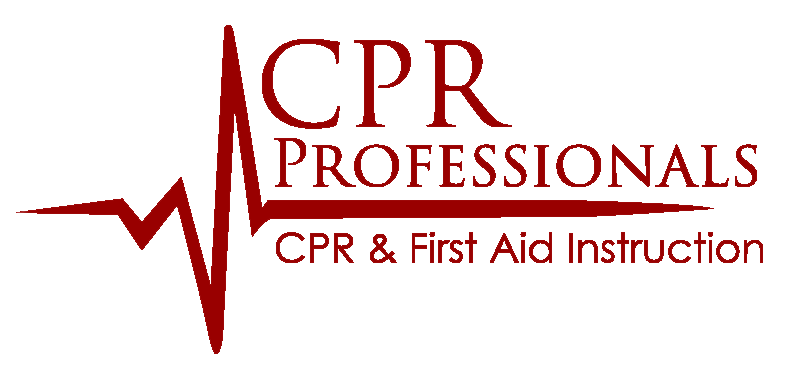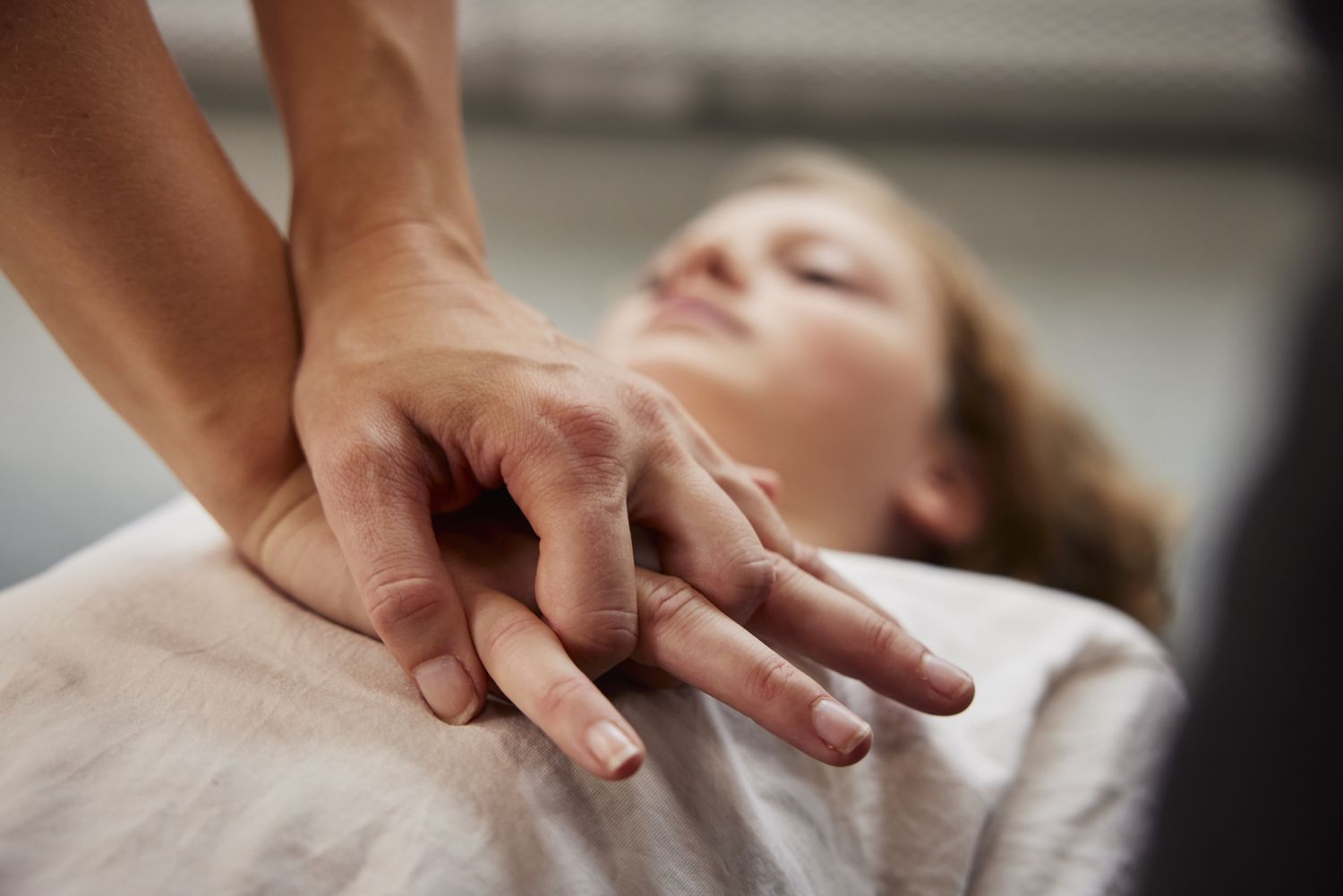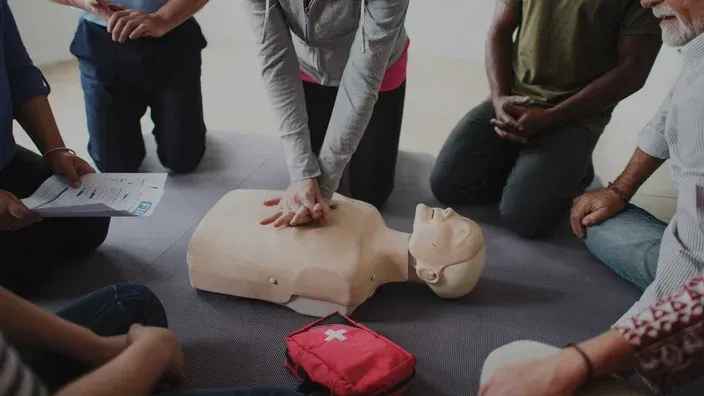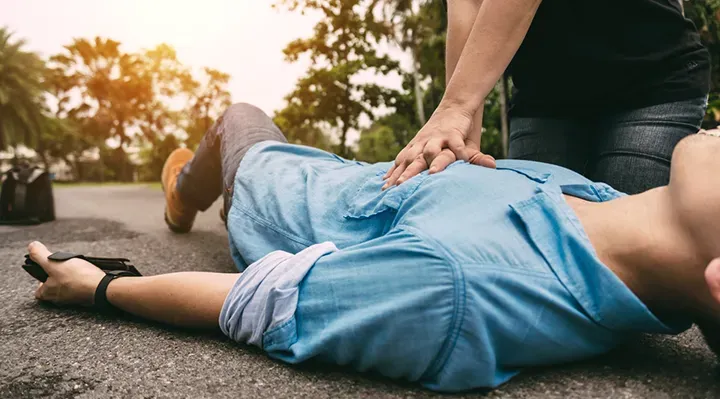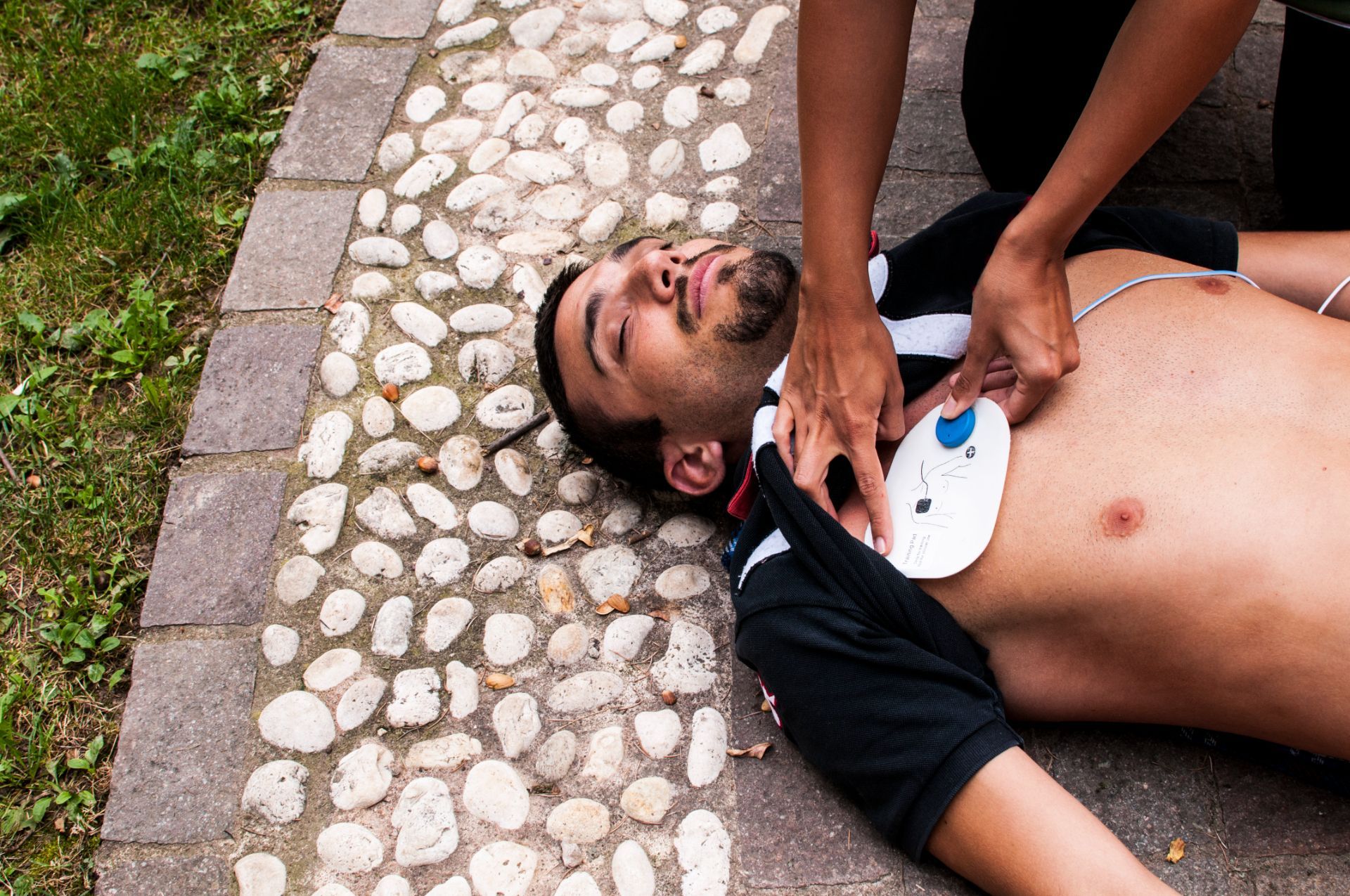Why Is CPR Considered a Life-Saving Technique?
TLDR;
CPR (Cardiopulmonary Resuscitation) is considered a life-saving technique because it helps maintain blood circulation and oxygenation to the brain and other vital organs when the heart stops beating. Immediate CPR can prevent irreversible brain damage and significantly increase the chances of survival until professional medical help arrives.
What Is CPR and Why Is It a Life-Saving Technique?
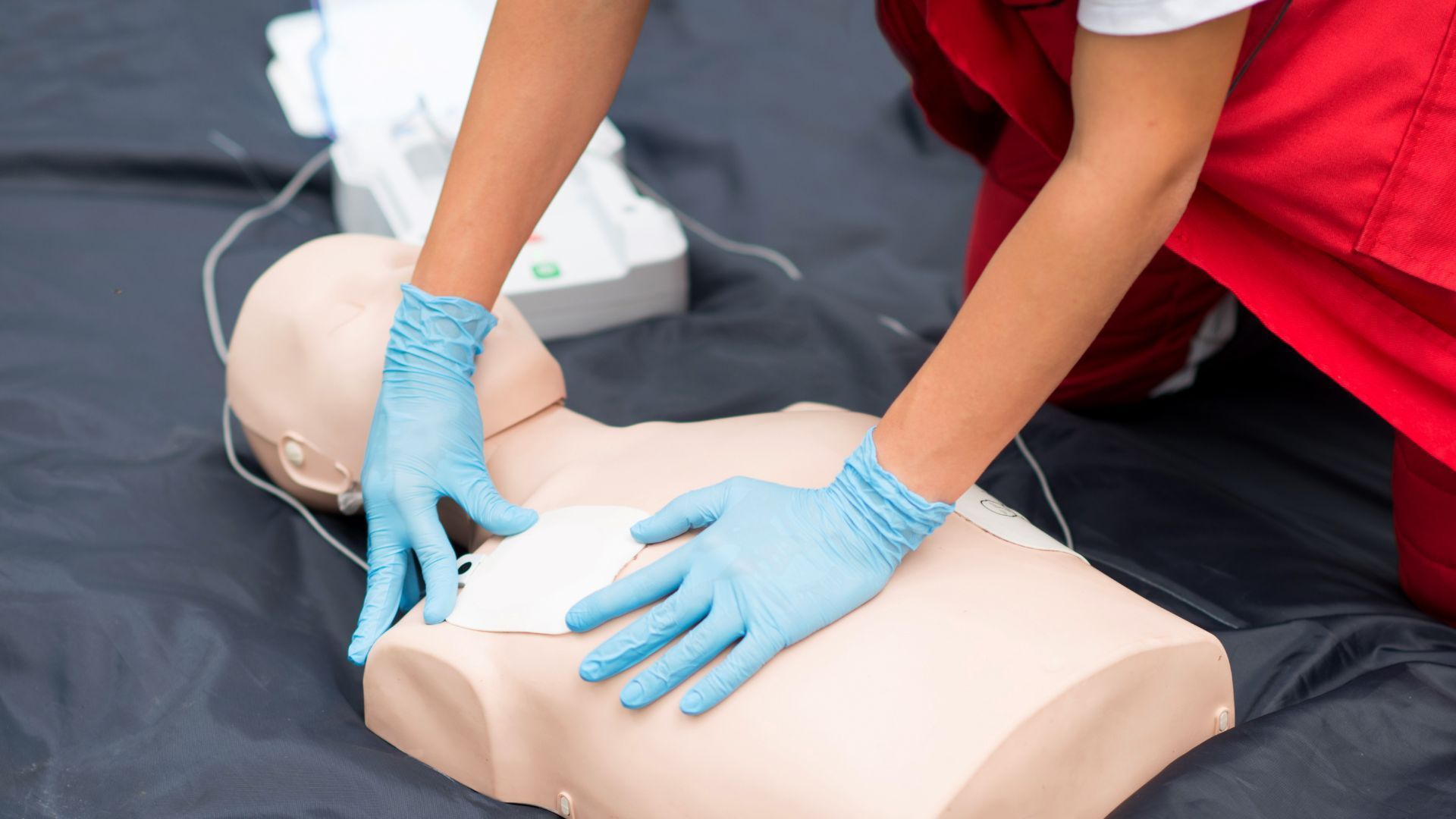
CPR (Cardiopulmonary Resuscitation) is a critical emergency procedure that helps sustain life when someone's heart stops beating. It involves chest compressions and, in some cases, rescue breaths to maintain blood flow and oxygen supply to the brain and other vital organs until professional medical assistance arrives.
Without oxygen, brain cells begin to die within minutes, leading to permanent damage or death. Performing CPR immediately can double or even triple a person's chances of survival, making it an essential skill for both medical professionals and bystanders.
The Evolution of CPR: How It Became a Life-Saving Standard
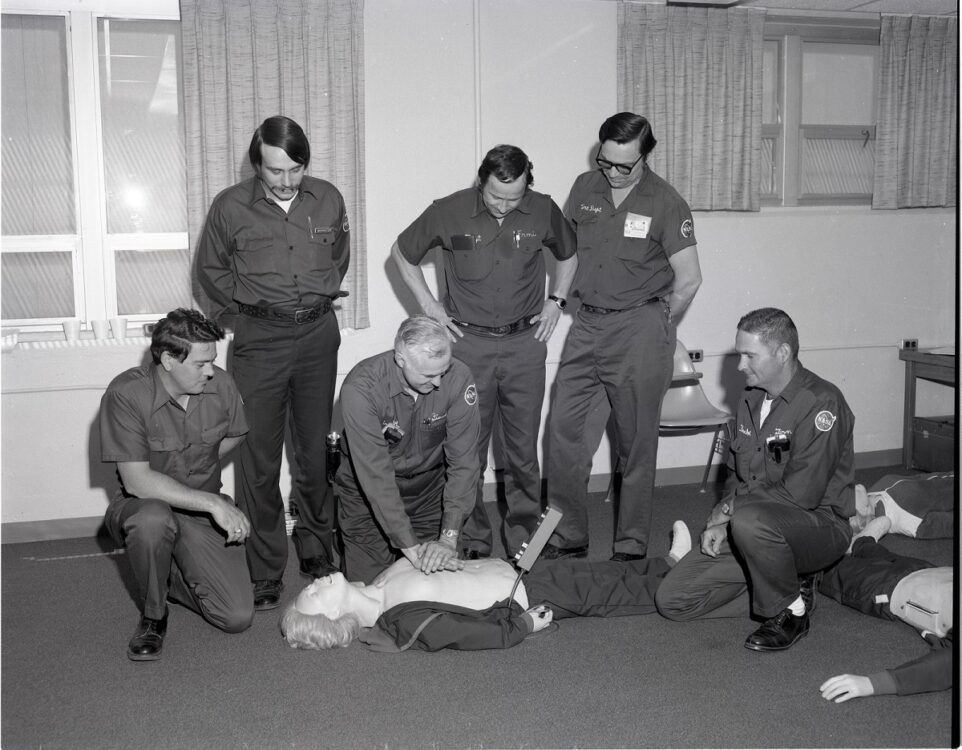
The concept of resuscitation dates back centuries, but modern CPR techniques were developed in the 1960s. The American Heart Association (AHA) played a crucial role in standardizing CPR training, ensuring that more people could perform it correctly in emergencies.
Over time, CPR methods have evolved based on scientific research and real-world applications. The emphasis on high-quality chest compressions and the introduction of hands-only CPR have made it easier for bystanders to take immediate action without hesitation.
How CPR Works: The Science Behind Saving Lives

When the heart stops beating, blood flow to the brain, lungs, and other vital organs ceases. CPR works by manually compressing the chest, which helps push oxygenated blood throughout the body, preventing organ failure.
- Chest Compressions: These mimic the heart’s pumping action, maintaining circulation.
- Rescue Breaths (Traditional CPR): Provides oxygen to the lungs when normal breathing stops.
- Hands-Only CPR: Encourages more bystanders to act by focusing solely on chest compressions.
Every second matters during cardiac arrest. CPR keeps the body functioning long enough for an automated external defibrillator (AED) or emergency responders to restore normal heart function.
The Chain of Survival: Why Immediate CPR Matters

The "Chain of Survival" is a series of critical steps that improve survival rates in cardiac emergencies:
- Recognition of Cardiac Arrest & Calling 911 – The faster emergency services are contacted, the better the chances of survival.
- Immediate CPR – Maintains blood flow to the brain and other organs.
- Rapid Defibrillation (AED Use) – Helps restore the heart’s normal rhythm.
- Advanced Medical Care – Paramedics provide advanced resuscitation techniques.
- Post-Cardiac Arrest Care – Ensures proper recovery and minimizes complications.
Bystander CPR is a crucial part of this chain, as every minute without intervention decreases survival chances by 7-10%.
Hands-Only CPR vs. Traditional CPR: Which One Should You Use?
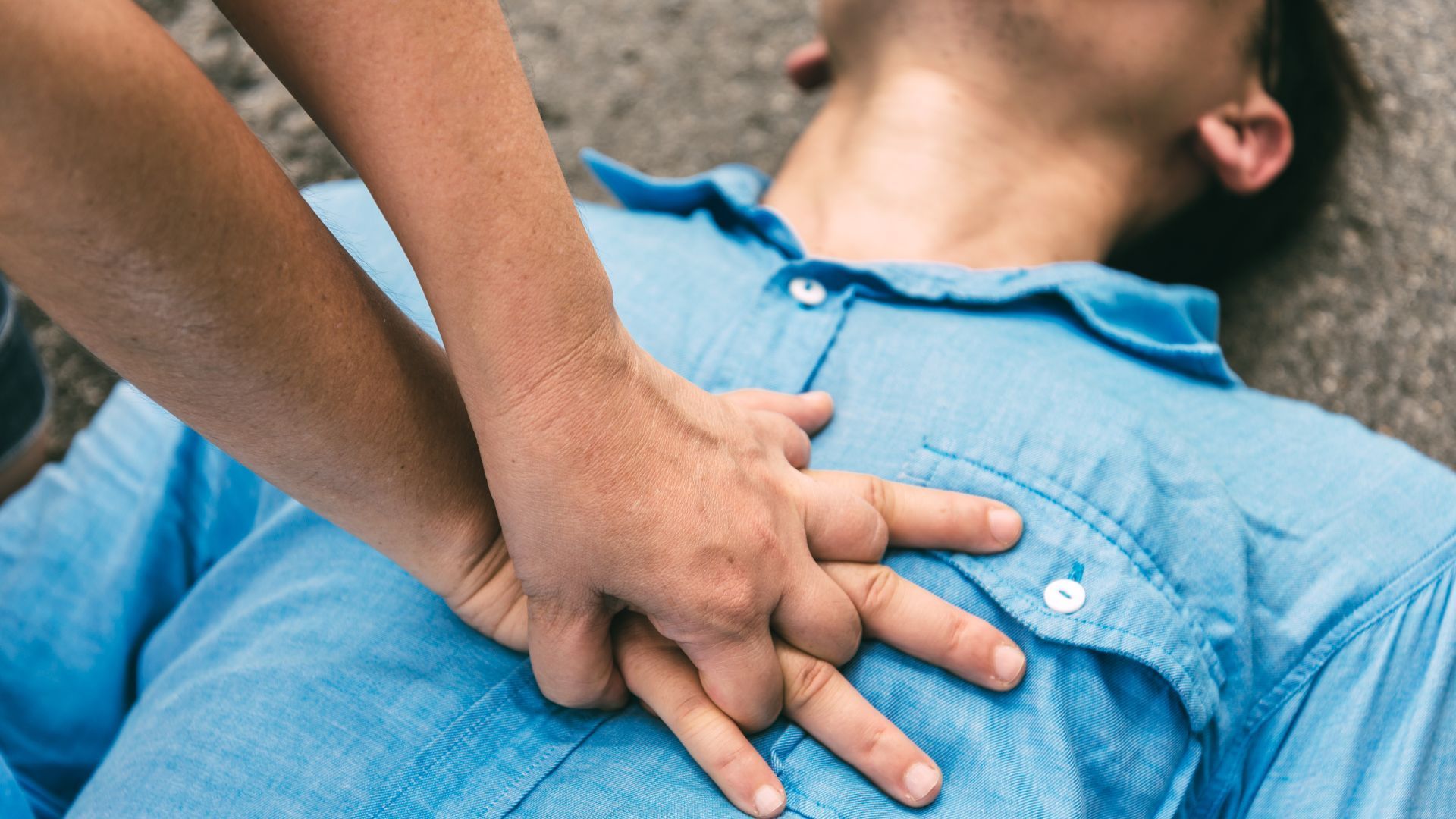
Hands-Only CPR
- Recommended for untrained bystanders.
- Involves continuous chest compressions (100-120 per minute) without rescue breaths. If you're wondering how long CPR typically lasts in different scenarios, check out this CPR Duration Guide.
- Ideal for adult victims who collapse suddenly due to cardiac arrest.
Traditional CPR (With Rescue Breaths)
- Required for infants, children, drowning victims, and those who experience respiratory failure.
- Combines chest compressions with rescue breaths to provide oxygen directly to the lungs.
Both methods are effective, but hands-only CPR has been shown to increase the likelihood of immediate response from bystanders, improving survival rates.
The Emotional and Psychological Impact of Performing CPR

Performing CPR can be an intense and emotional experience. While saving a life is rewarding, it can also bring stress, anxiety, or even trauma, especially if the outcome isn’t favorable.
- Many rescuers feel a strong sense of purpose after performing CPR.
- Some experience emotional distress or self-doubt, particularly if the victim does not survive.
- CPR training courses often include discussions on coping strategies to prepare individuals mentally.
Recognizing and discussing the emotional impact can help normalize these feelings and provide support for those who perform CPR.
Why Everyone Should Learn CPR: Training, Certification & Accessibility
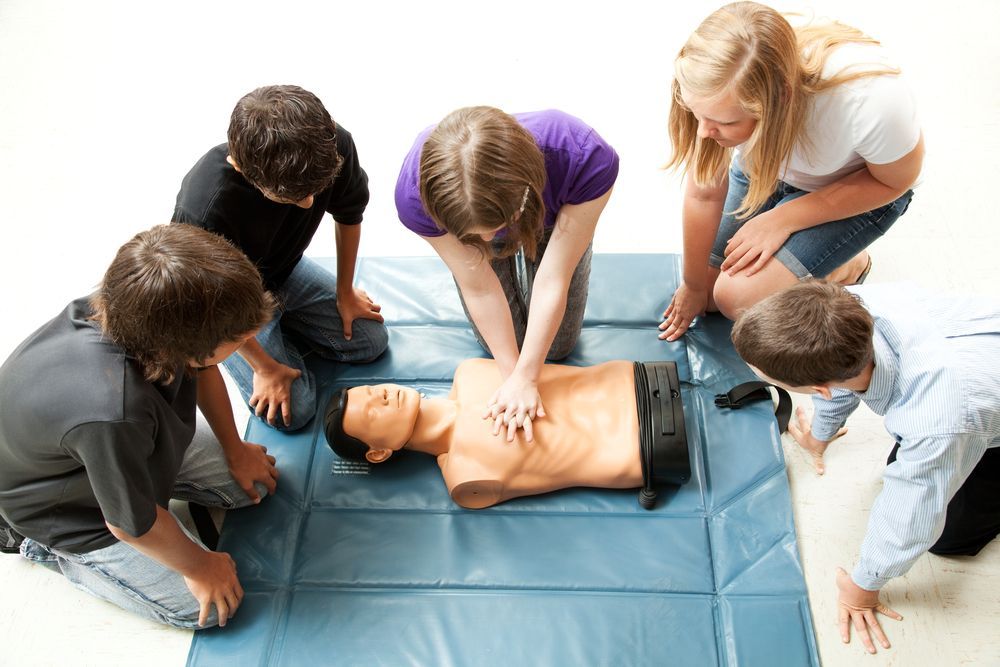
CPR Training and Certification
CPR training is accessible to anyone, and certification courses are available online and in person. Organizations like CPR Professionals offer high-quality training to ensure individuals feel confident in their ability to respond to emergencies.
Common Myths About CPR
- “Only medical professionals should perform CPR.” – False. Bystander CPR is often the first and most critical intervention.
- “You can get sued for performing CPR.” – The Good Samaritan Law protects individuals who act in good faith.
- “If you don’t do it perfectly, it’s better not to try.” – Any CPR is better than no CPR. Even imperfect compressions provide life-saving benefits.
By learning CPR, individuals can make a difference in their communities and save lives when emergencies strike.
Conclusion: Why CPR Knowledge Saves Lives
CPR is a simple yet powerful technique that can mean the difference between life and death in an emergency. It keeps oxygenated blood flowing to vital organs, buying time until professional medical help arrives.
At CPR Professionals, we believe that everyone should be equipped with CPR training. Whether you’re a business owner, teacher, parent, or student, knowing how to perform CPR can empower you to save a life. Take action today—learn CPR and be prepared for the unexpected.
